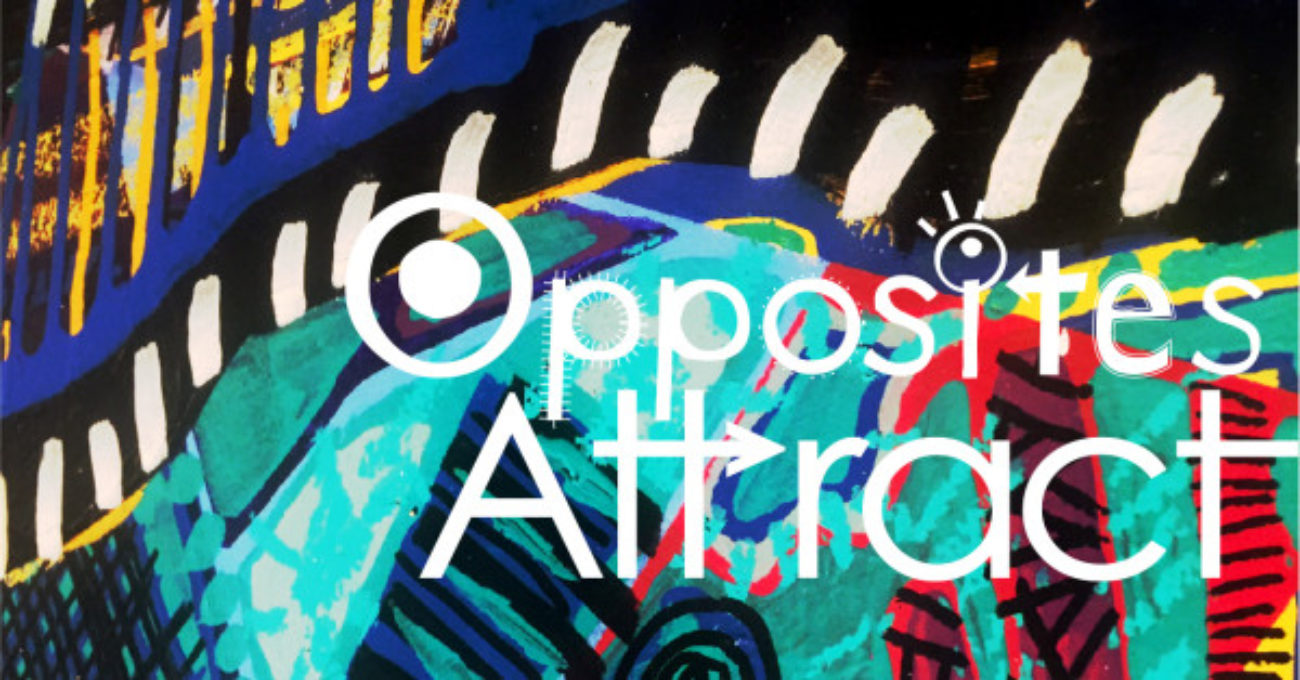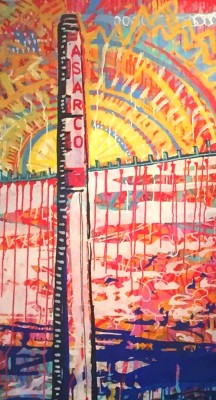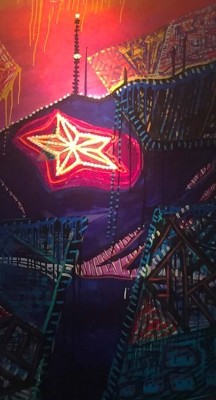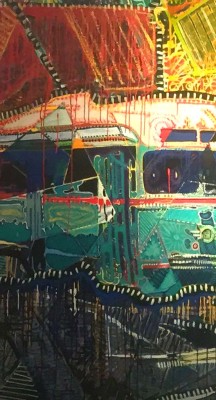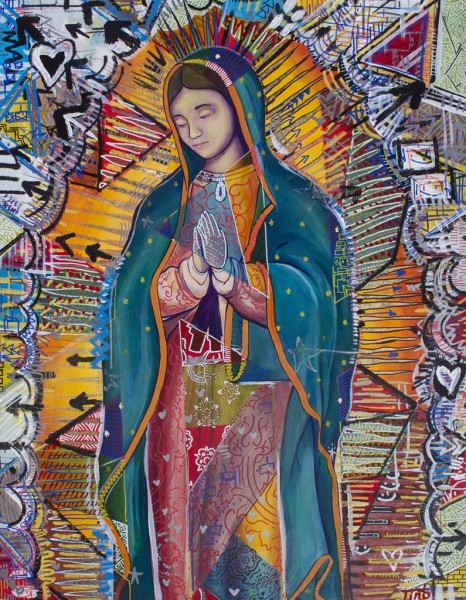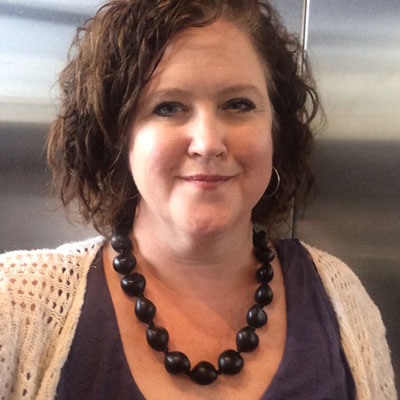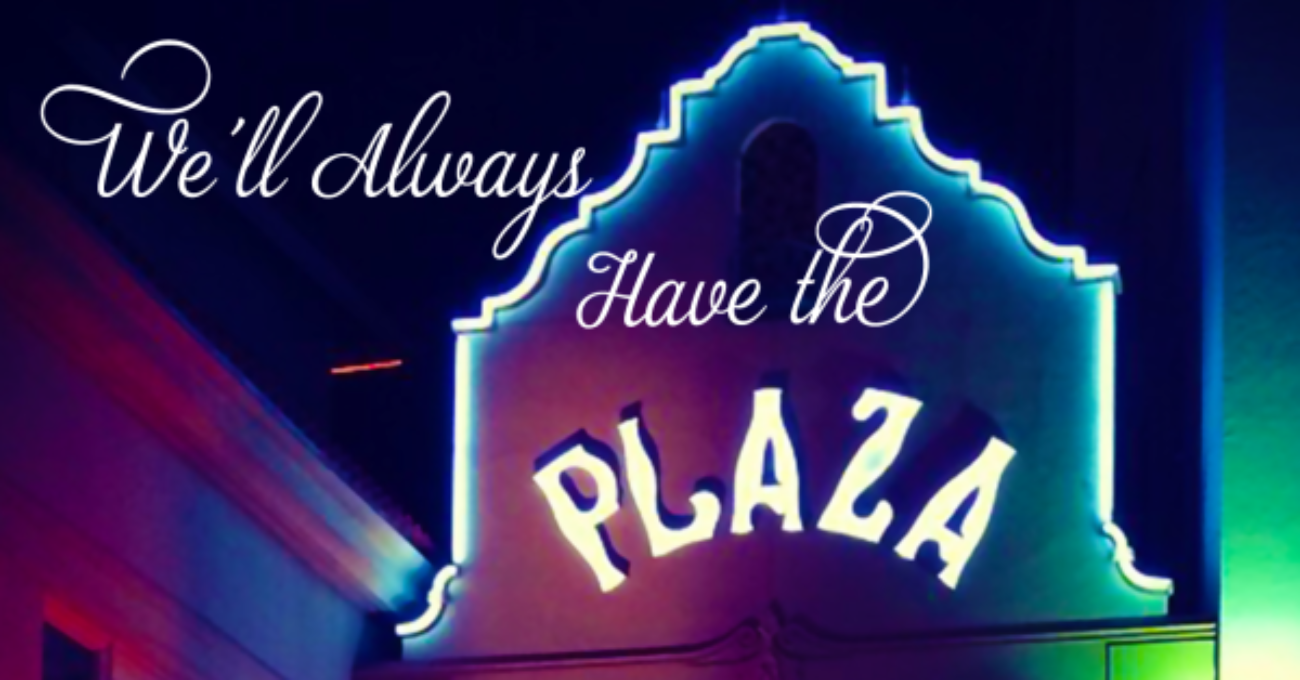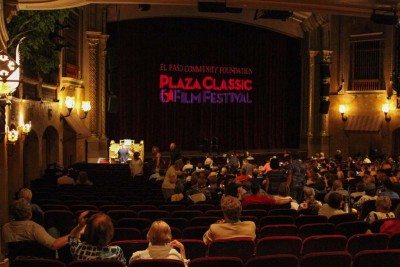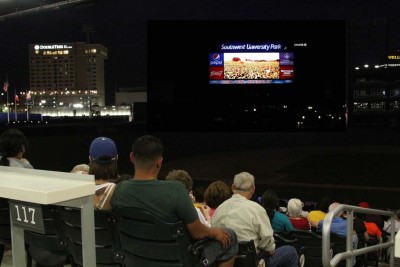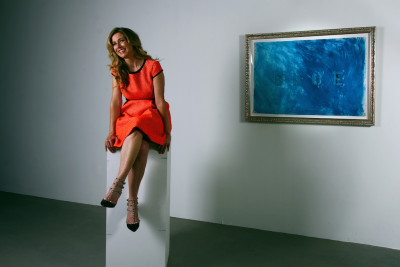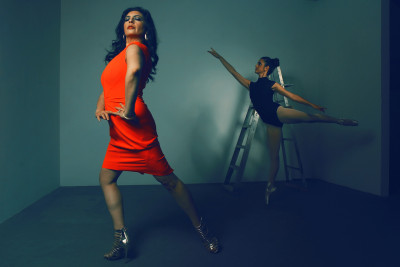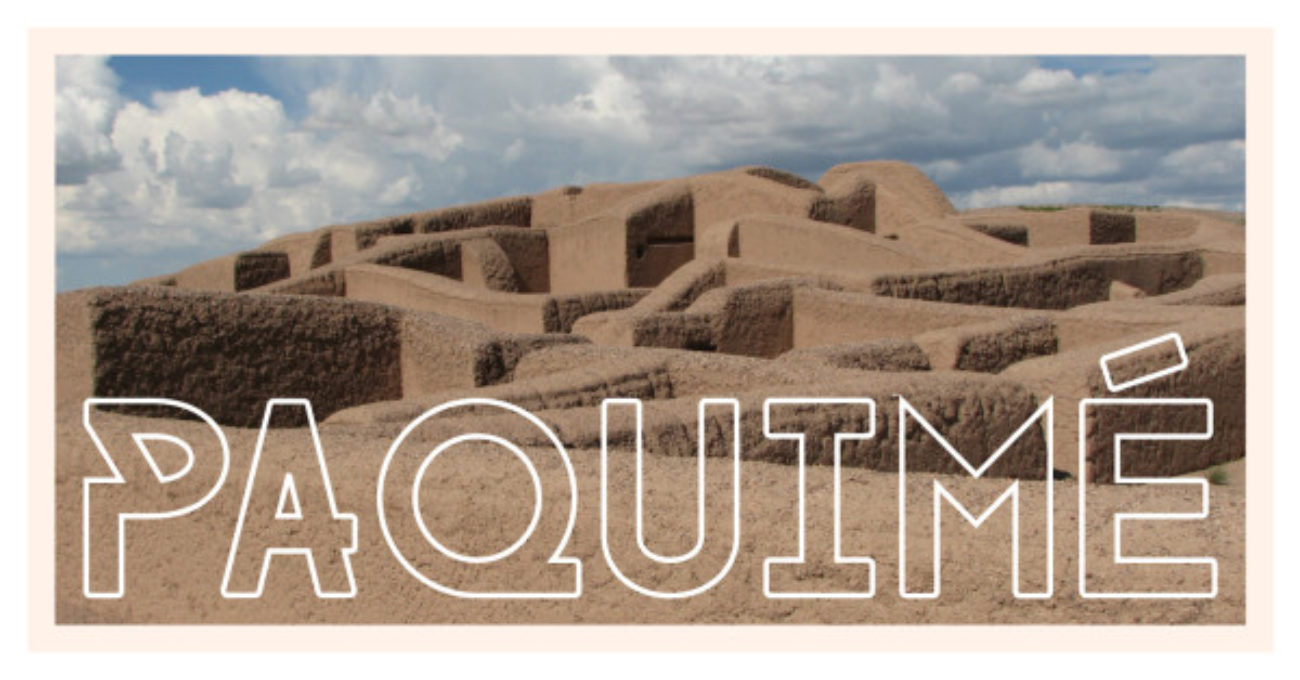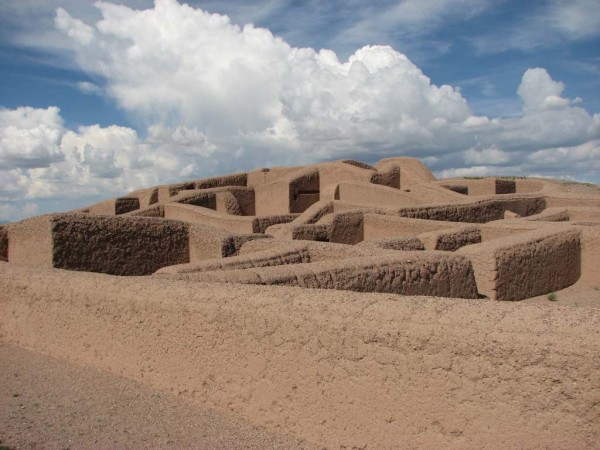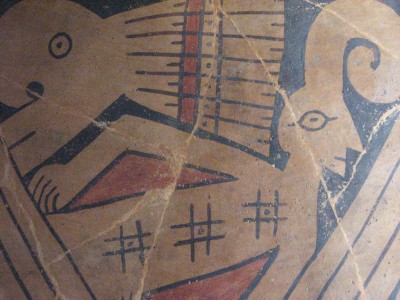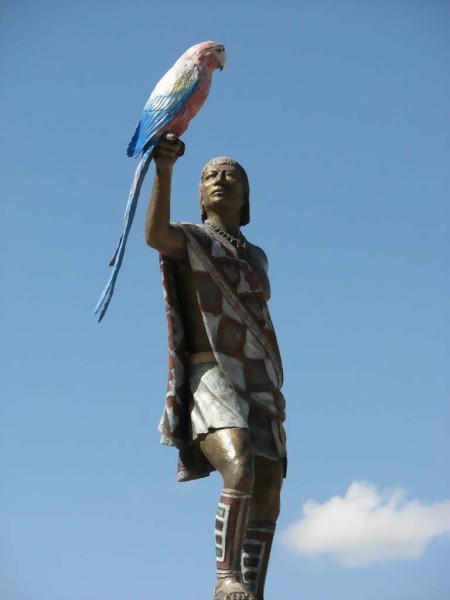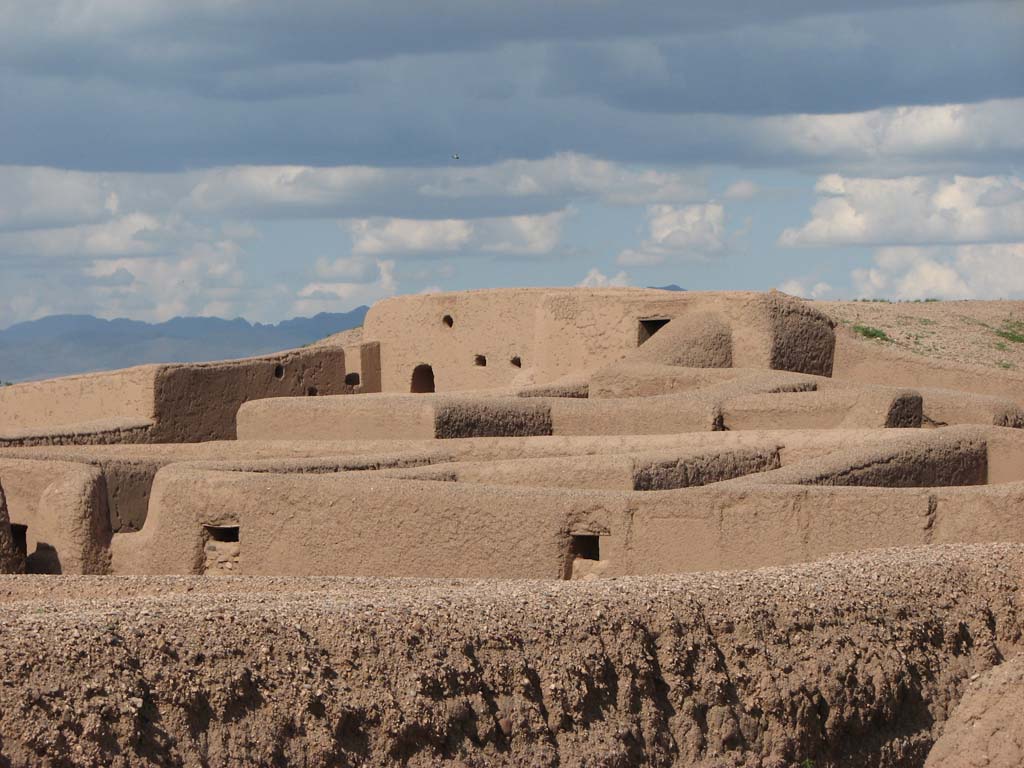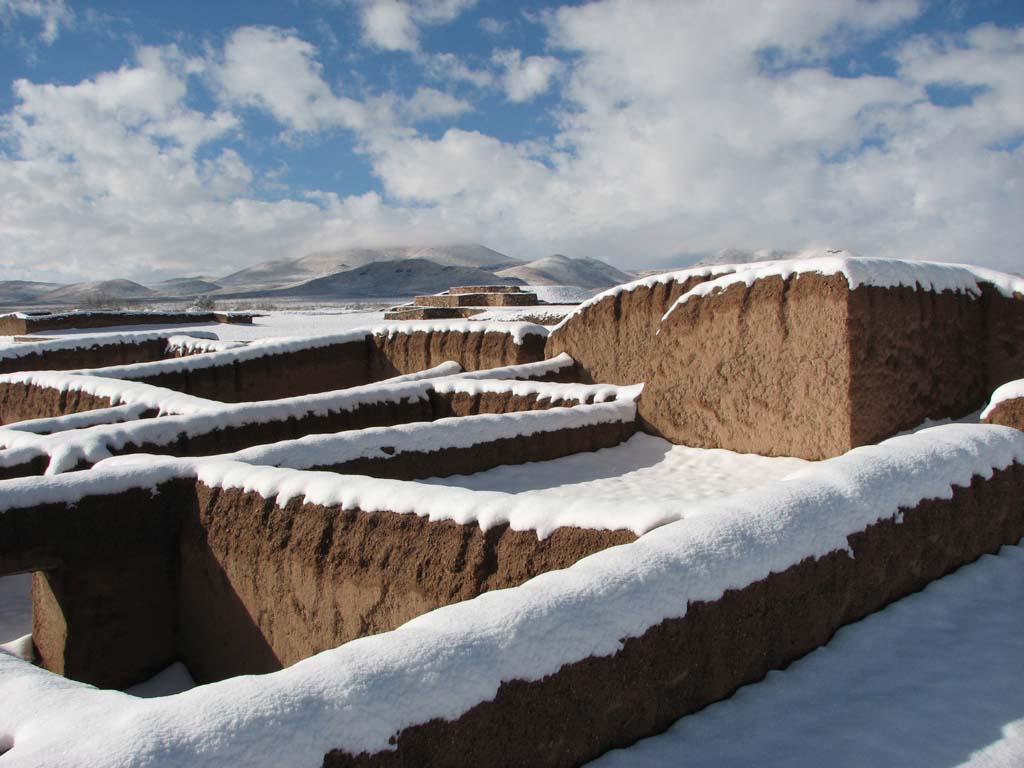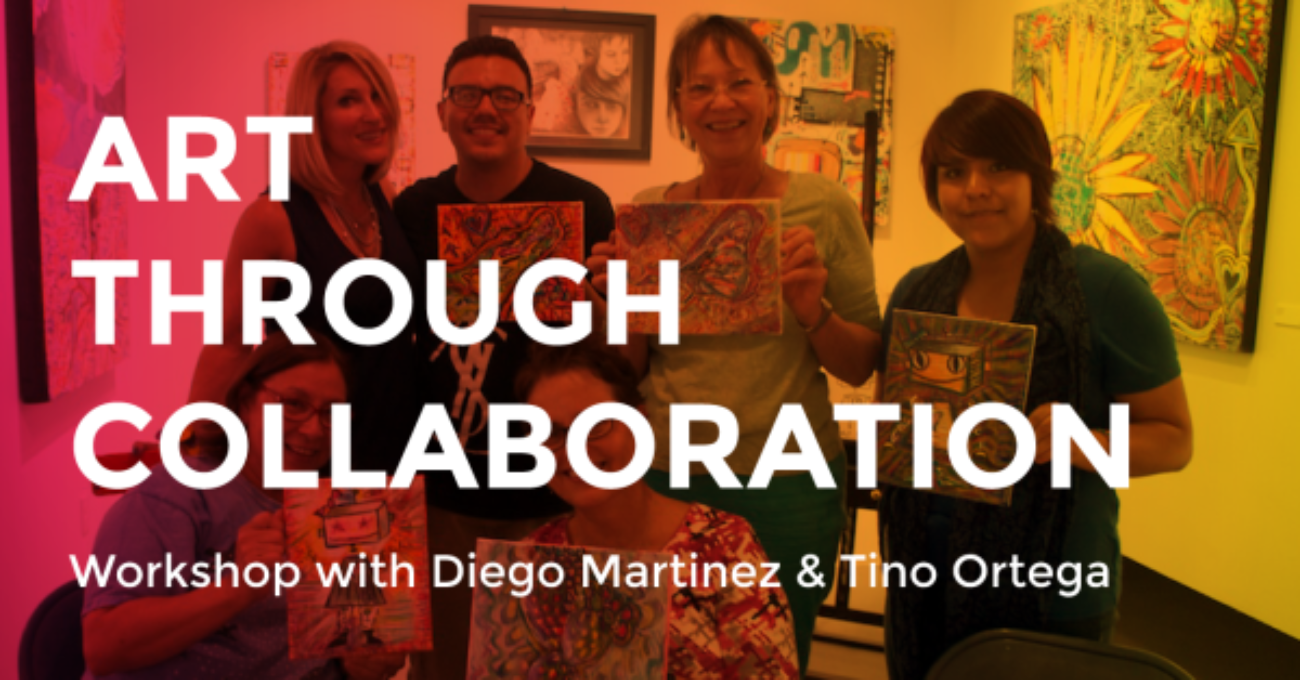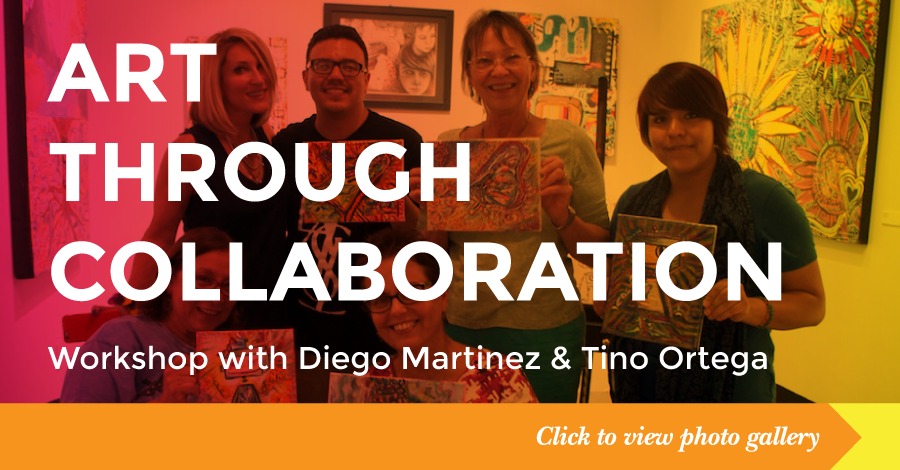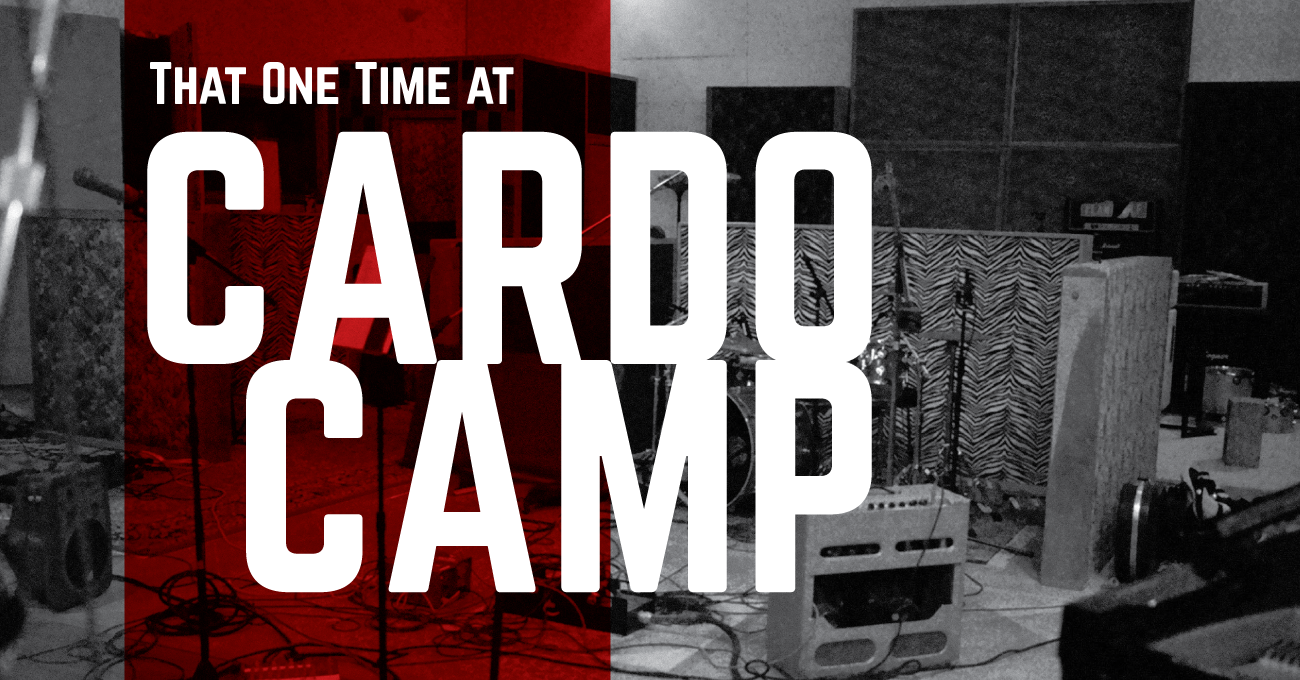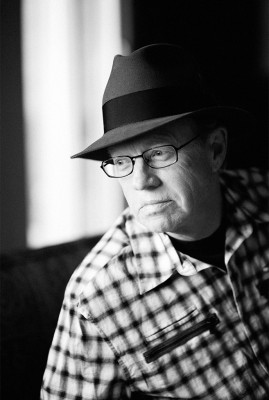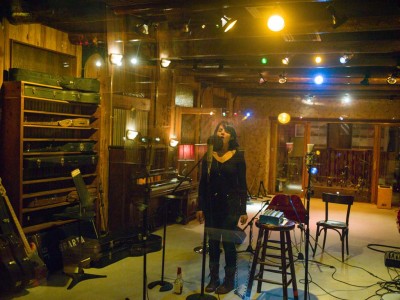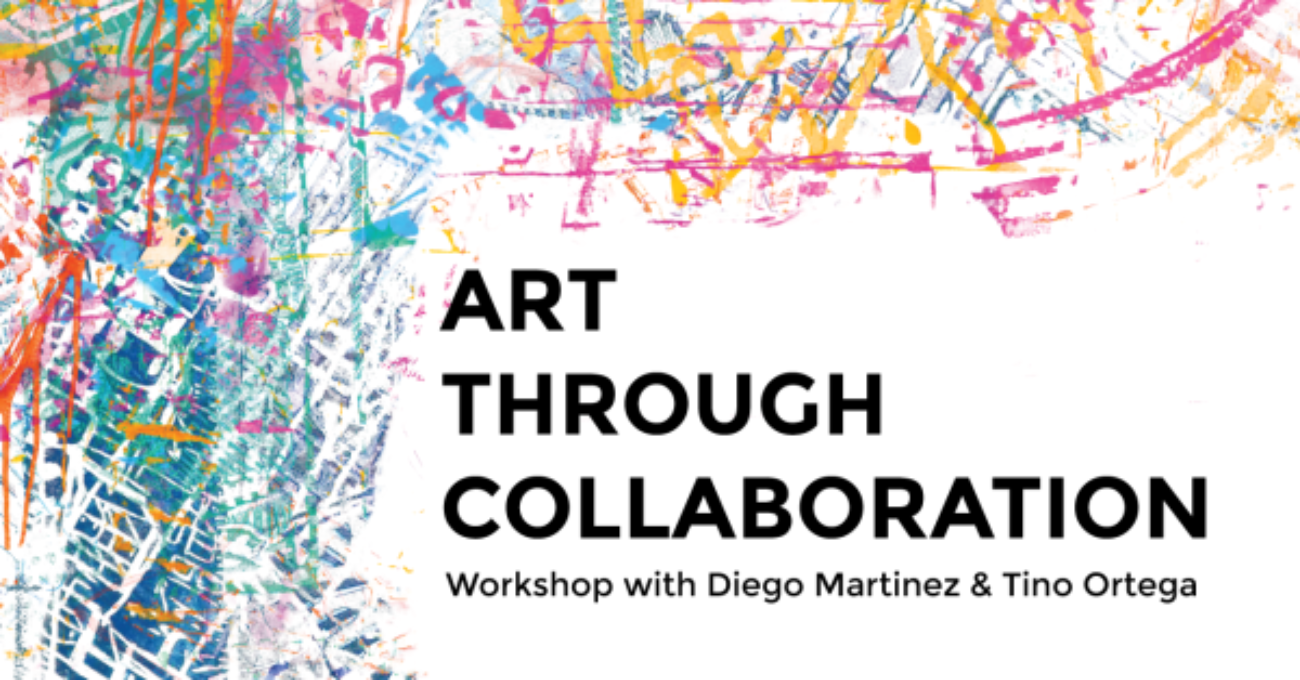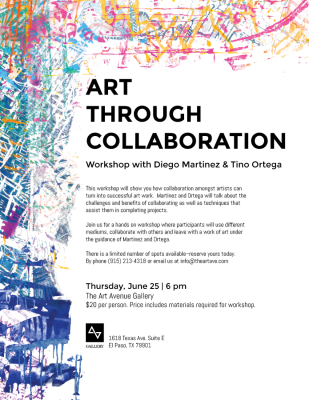Excellence in Art
Tracey Jerome challenges gender inequality in the art world by holding two director positions, normally held by men.
Jerome defied the good old boys club when she flew into town this February and set out to strive for excellence in the arts not just as director of the Museum of Culture Affairs Department but also interim director of the El Paso Museum of Art after Michael Tomar’s leave that same month. Heels on the ground she arrived from London where she was a gallery director after receiving her MA in History of Art from Sotheby’s Institute of Art.
VANECEK: Do you think there is an advantage as the director of MCAD and having immediate accessibility with the EPMA? Do you feel it allows you the ability to mainstream issues?
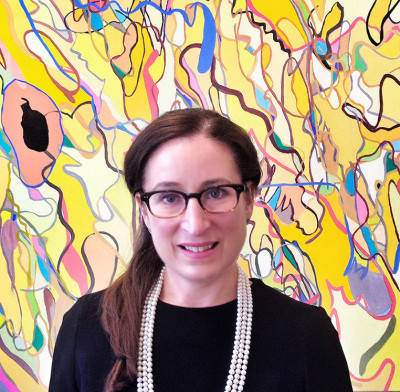
JEROME: Absolutely, it’s not just a matter of mainstreaming, it’s a matter of actually understanding the institution of art in a more intimate way and helping to understand that my vision and the bigger picture will work across all of the sites. I think in the past what has happened—and again this isn’t a criticism, but this is one of the reasons I was brought in—was collaboration and integration across all of the sites is something in getting a unified message across of what we are doing.
From a cultural and artistic standpoint this community is incredible—which is what drew me here initially. I think one of the biggest, challenges that we face though is getting the message out. I think people know the name El Paso, but they know absolutely nothing about anything about the community and they certainly don’t know about the creative and artistic community here. This is a vibrant and artistic community—a very special, very special place and I want to get that message out.
KRV: How do you propose doing that—getting the message out?
TJ: I think commitment to quality and excellence in everything that we are doing is something that I am completely committed to and ensure that it’s not just good enough or fine, but that we are striving for excellence in everything we do.
Making sure we are communicating what we are doing and sharing it. It is really important and not being afraid to reach out and have people say ‘Hey, you need to look at what we are doing.’ We are getting that type of coverage from the public art program. For example we have been written up in a very positive light [in] Dwell magazine. They did an article on the steel installation pieces at the Brio entitled “Leaves of Air” by Catherine Widgery and the airway project has been noted and very positively received on the national front.
The museum as well—we now have the second largest collection of retablos [Mexican folk art devotional paintings that heavily reference traditional Catholic church art] in the world and we are getting ready to celebrate that in a bigger way than has been done in the past.
KRV: What specifically would you like to see happen with the collection of retablos at the museum?
TJ: There has always been a committed niche but I have been working very close with my curatorial team and we are going to have a much bigger, broader expansion of an exhibition through a gift we have received recently. There will be a smaller publication—we will start with that and then I am very keen to have a larger catalog that will be published. What I would also like to see happen is a larger, more comprehensive exhibition that can tour nationally and perhaps internationally.
By the way, I don’t believe in no’s or don’ts, I believe in do’s. For example at the museum of art you won’t see a “Do Not” sign, I removed those when I came in, I had all those removed. What you will see for example, in our museum school section are signs up that will tell you about things like “Please Do.” I know it sounds like a small message, but the messaging is very powerful. I think it’s really important for people to realize that all of these assets and all of these facilities belong to us, to them and the community.
KRV: Your arrival this February coincided with the opening of the digital wall at the Museum of History. How have you managed this new project that you oversee?
TJ: The digital wall is receiving a lot of attention. I would like to see that enhanced…because I don’t think anyone understands how profound that asset is. We are talking tens of thousands of visitors. We have over 5 million [interactive] touches since February 14, 2015, and what that tells us about the experience that people are having is that they are not just touching the wall once or twice, they are touching and going very deep. It’s an organic asset because it’s constantly expanding and growing and anyone can be a part of that and anyone can upload images and we encourage everyone to take part in that and upload their piece of the history.
KRV: You mentioned collaborating on a greater scale in the art world, can you expand on that vision?
TJ: There is a great demonstration of collaboration across the sites across the department because we also have a piece of public art that was installed there [at the digital wall] so when you step into the pavilion, you are not just experiencing the high tech digital wall but you can also experience this amazing public art piece.
You can come into the downtown now and there is the museum of art and then you can walk up to the Museum of History and encounter the digital wall. You can walk across the street and take a little stroll down the pedestrian pathway and you have a piece of public art by Matthew Gellar you have the incredible murals that have been done by Creative Kids at oLo Gallery, and then again you continue on down the pathway and you have the great piñatas by Steven Engel.
I am very passionate about the idea and a concept that art is not the icing, it’s an integral ingredient to what is happening in economic redevelopment for the economic vibrancy in a community. You have companies, corporations and individuals that are looking into relocating and what they want to know about is: are there good roads, good hospitals and good schools? But what they really want to know is what is our quality of life going to be? And if that is not there—museums and art are a great energy, then we won’t get them.
KRV: I agree that sometimes the great artistic contributions go unnoticed. Do you have a strategic outline for promoting upcoming projects? You mentioned you had 41 projects completed and 22 on the drawing board in various stages.
TJ: Our program here is not just committed to the downtown but we have public art programs going on throughout all of the districts. The way public art works is that the community is invited to be involved in the whole process. At the first meeting we took visuals to talk to them and where we were going to put [the public art piece] in the district. So we actually work with the community and discuss the various types of art we can place and then they were giving the opportunity again to place stickers (on locations to place art in their district) and they could go and choose what they wanted to have and everybody was really happy.
I don’t think people realize we are the number one funder for the creative community here in the city. About 25% of our budget goes directly back into the community through grant funding programs. This is something that I find really powerful because it’s a huge support for the arts community.
KRV: How much then is 25% of the budget allotted for granting purposes?
TJ: MCAD will grant a total of $409,000 in Fiscal Year 2015 to the creative community in El Paso.
KRV: For your role as director at MCAD what specifically would you like this department to do?
TJ: First and foremost what I want to do is function at a level of excellence. I want people to be looking at our community and going, ‘That’s what we should be doing.’ ‘We want to be like them.’ ‘We want to be like El Paso.’ I don’t want El Paso to feel like they need to be like anybody else. I am working very hard on a lot more integration and we are much stronger when we are together and so there could be something going on at the farmers market that ties into the public art that ties into the exhibition and activities that are happening at the museum. It shouldn’t be separate, it should be more integrated.
And then externally I am reaching out, as is my team, to work across the community because collaboration is so important. For example with this year there was TEDx. There was collaboration with that event and we are looking to expand that next year.
The EPMA has a big collaboration with the Plaza Classic Film Festival. We are going to have a coordinated exhibition and activity schedule planned with the El Paso Community Foundation (sponsor for the Plaza Classic Film Festival) to do a whole focus on Warhol’s world. We’ve secured in working with the Community Foundation the loans of a number of 16mm films by Warhol from MOMA in New York. We are going to be showing Warhol films and we have secured a small collection of Polaroids that were gifted to the Museum of Art by the Warhol Foundation and we are going to be exhibiting those. We are going to have silk screeners on site where we are going to be creating art people can experience.


